Filter by

Bring on the Books for Everybody: How Literary Culture Became Popular Culture
Bring on the Books for Everybody is an engaging assessment of the robust popular literary culture that has developed in the United States during the past two decades. Jim Collins describes how a once solitary and print-based experience has become an exuberantly social activity, enjoyed as much on the screen as on the page. Fueled by Oprah’s Book Club, Miramax film adaptations, superstore book…
- Edition
- -
- ISBN/ISSN
- 9780822345886
- Collation
- -
- Series Title
- -
- Call Number
- 791.43 COL b
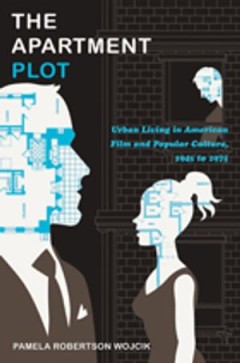
The Apartment Plot: Urban Living in American Film and Popular Culture, 1945 t…
Rethinking the significance of films including Pillow Talk, Rear Window, and The Seven Year Itch, Pamela Robertson Wojcik examines the popularity of the “apartment plot,” her term for stories in which the apartment functions as a central narrative device. From the baby boom years into the 1970s, the apartment plot was not only key to films; it also surfaced in TV shows, Broadway plays, lite…
- Edition
- -
- ISBN/ISSN
- 9780822347521
- Collation
- -
- Series Title
- -
- Call Number
- 791.43 WOJ a
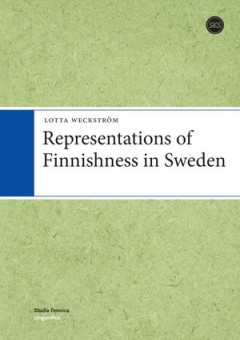
Representations of Finnishness in Sweden
"More than half a million Swedes – one in twenty – is of Finnish descent. This book explores Finnishness, multilingualism and identities of young people with Finnish background in Sweden. What does it mean to grow up in a Finnish family in Sweden? Who are ‘real Finns’ and what does it take to be(come) one? Is a shared minority language essential for the survival of the minority, or can …
- Edition
- volume 16.0
- ISBN/ISSN
- 9789522223265
- Collation
- -
- Series Title
- -
- Call Number
- -
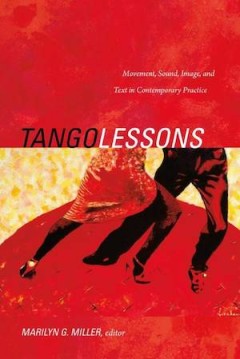
Tango Lessons: Movement, Sound, Image, and Text in Contemporary Practice
From its earliest manifestations on the street corners of nineteenth-century Buenos Aires to its ascendancy as a global cultural form, tango has continually exceeded the confines of the dance floor or the music hall. In Tango Lessons, scholars from Latin America and the United States explore tango's enduring vitality. The interdisciplinary group of contributors—including specialists in dance,…
- Edition
- -
- ISBN/ISSN
- 9781478091332
- Collation
- -
- Series Title
- -
- Call Number
- 792.8 TAN t

Soldiers' Stories: Military Women in Cinema and Television since World War II
From Skirts Ahoy! to M*A*S*H, Private Benjamin, G.I. Jane, and JAG, films and television shows have grappled with the notion that military women are contradictory figures, unable to be both effective soldiers and appropriately feminine. In Soldiers’ Stories, Yvonne Tasker traces this perceived paradox across genres including musicals, screwball comedies, and action thrillers. She explains how…
- Edition
- -
- ISBN/ISSN
- 9781478091479
- Collation
- -
- Series Title
- -
- Call Number
- 791.45 TAS s
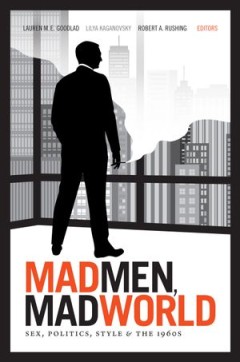
Mad Men, Mad World: Sex, Politics, Style, and the 1960s
Since the show's debut in 2007, Mad Men has invited viewers to immerse themselves in the lush period settings, ruthless Madison Avenue advertising culture, and arresting characters at the center of its 1960s fictional world. Mad Men, Mad World is a comprehensive analysis of this groundbreaking TV series. Scholars from across the humanities consider the AMC drama from a fascinating array of pers…
- Edition
- -
- ISBN/ISSN
- 9780822354024
- Collation
- -
- Series Title
- -
- Call Number
- 791.45

Technicolored: Reflections on Race in the Time of TV
From early sitcoms such as I Love Lucy to contemporary prime-time dramas like Scandal and How to Get Away with Murder, African Americans on television have too often been asked to portray tired stereotypes of blacks as villains, vixens, victims, and disposable minorities. In Technicolored black feminist critic Ann duCille combines cultural critique with personal reflections on growing up with t…
- Edition
- -
- ISBN/ISSN
- 9781478000396
- Collation
- -
- Series Title
- -
- Call Number
- 791.45 DUC t
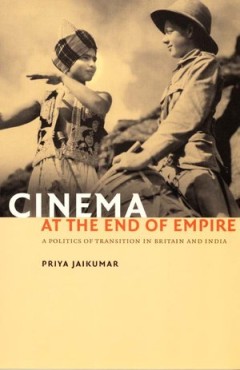
Cinema at the End of Empire: A Politics of Transition in Britain and India
How did the imperial logic underlying British and Indian film policy change with the British Empire’s loss of moral authority and political cohesion? Were British and Indian films of the 1930s and 1940s responsive to and responsible for such shifts? Cinema at the End of Empire illuminates this intertwined history of British and Indian cinema in the late colonial period. Challenging the rubric…
- Edition
- -
- ISBN/ISSN
- 9781478091387
- Collation
- -
- Series Title
- -
- Call Number
- 791.43 JAI c
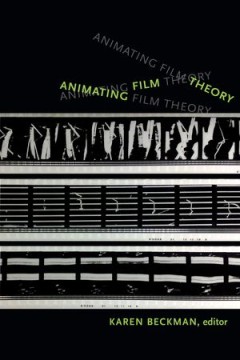
Animating Film Theory
Animating Film Theory provides an enriched understanding of the relationship between two of the most unwieldy and unstable organizing concepts in cinema and media studies: animation and film theory. For the most part, animation has been excluded from the purview of film theory. The contributors to this collection consider the reasons for this marginalization while also bringing attention to key…
- Edition
- -
- ISBN/ISSN
- 9780822356400
- Collation
- -
- Series Title
- -
- Call Number
- 791.43 ANI a
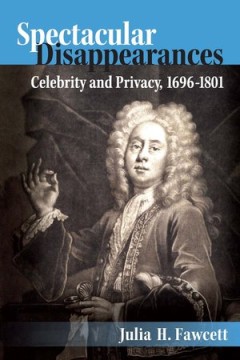
Spectacular Disappearances: Celebrity and Privacy, 1696–1801
How can people in the spotlight control their self-representations when the whole world seems to be watching? The question is familiar, but not new. Julia Fawcett examines the stages, pages, and streets of eighteenth-century London as England's first modern celebrities performed their own strange and spectacular self-representations. They include the enormous wig that actor Colley Cibber don…
- Edition
- -
- ISBN/ISSN
- 9780472119806
- Collation
- -
- Series Title
- -
- Call Number
- 790 FAW s
 Computer Science, Information & General Works
Computer Science, Information & General Works  Philosophy & Psychology
Philosophy & Psychology  Religion
Religion  Social Sciences
Social Sciences  Language
Language  Pure Science
Pure Science  Applied Sciences
Applied Sciences  Art & Recreation
Art & Recreation  Literature
Literature  History & Geography
History & Geography